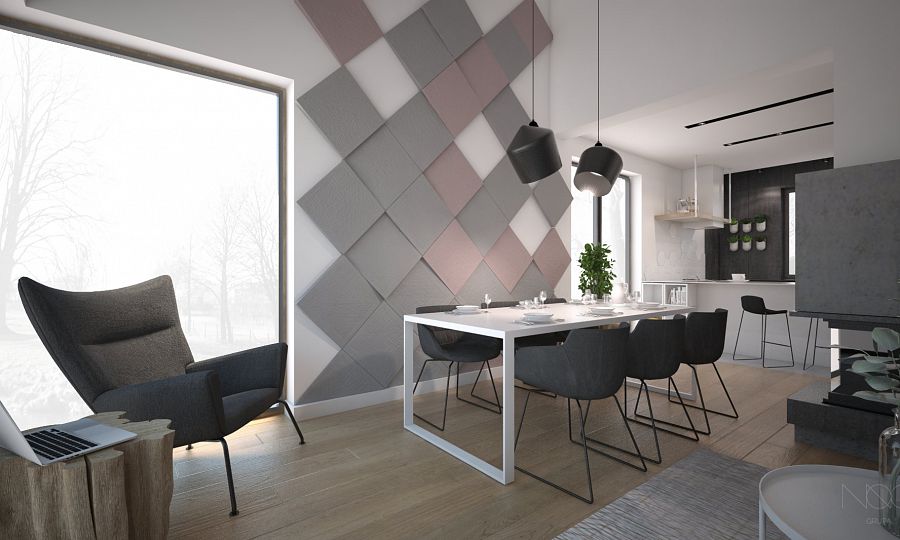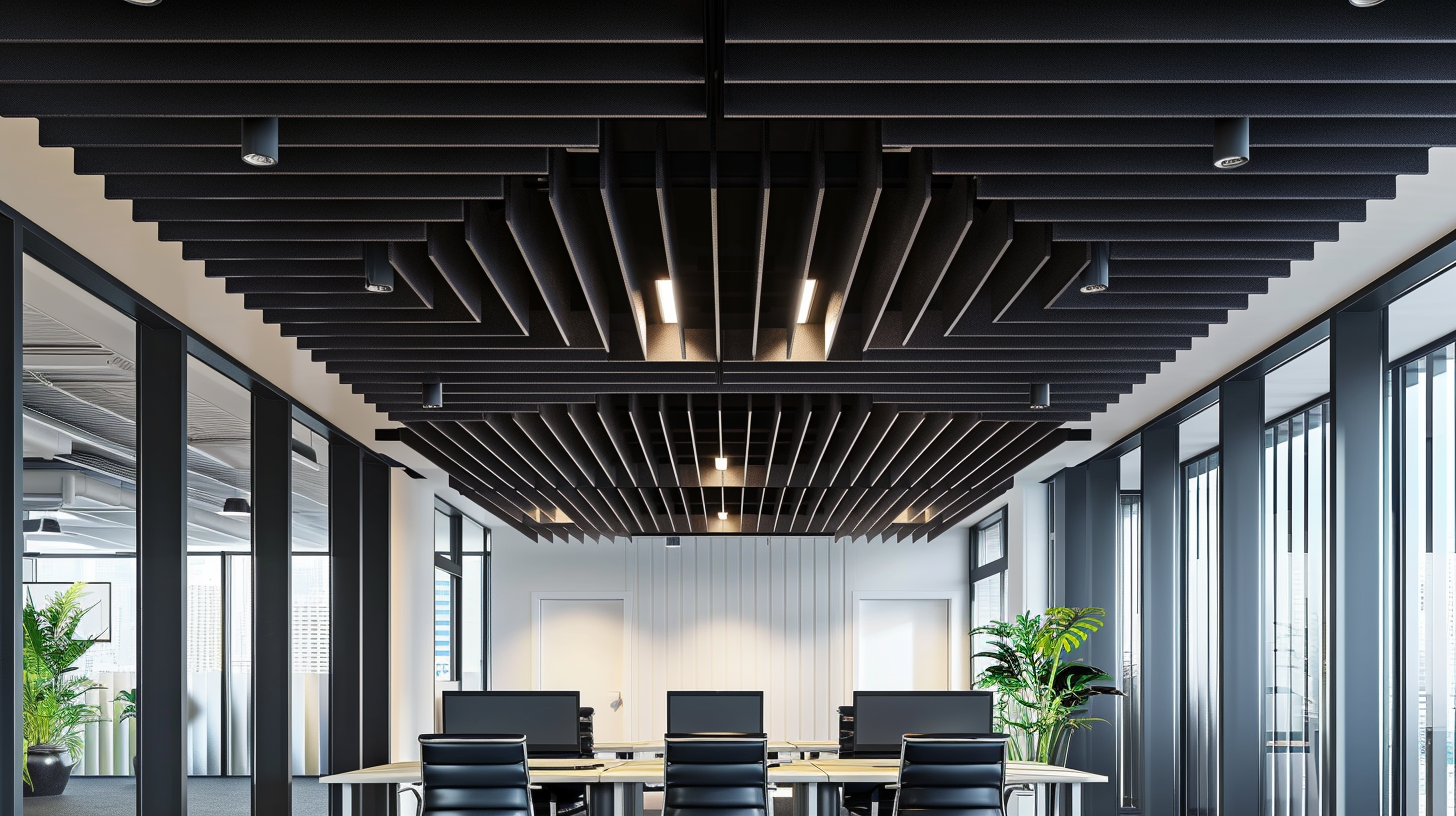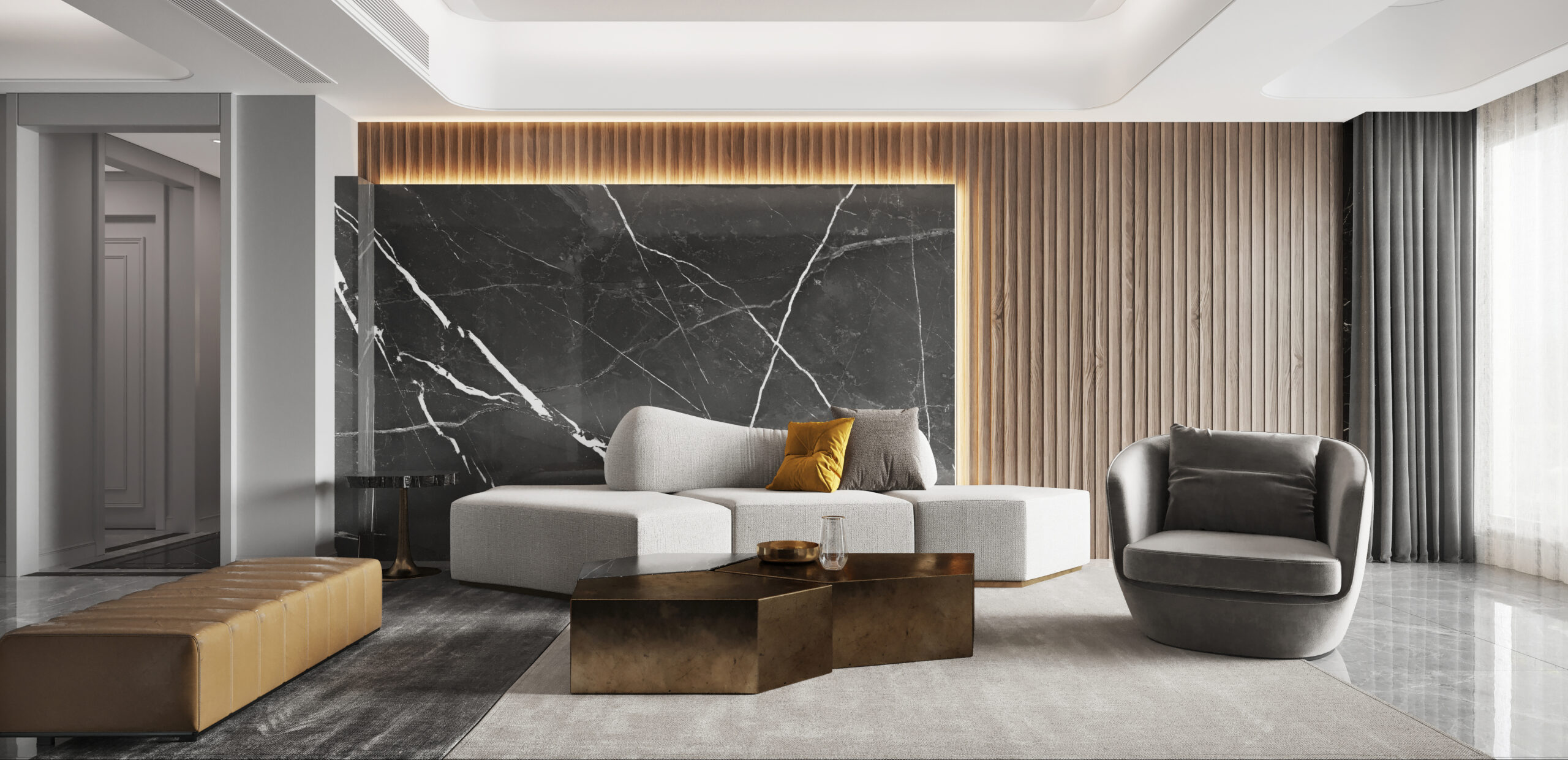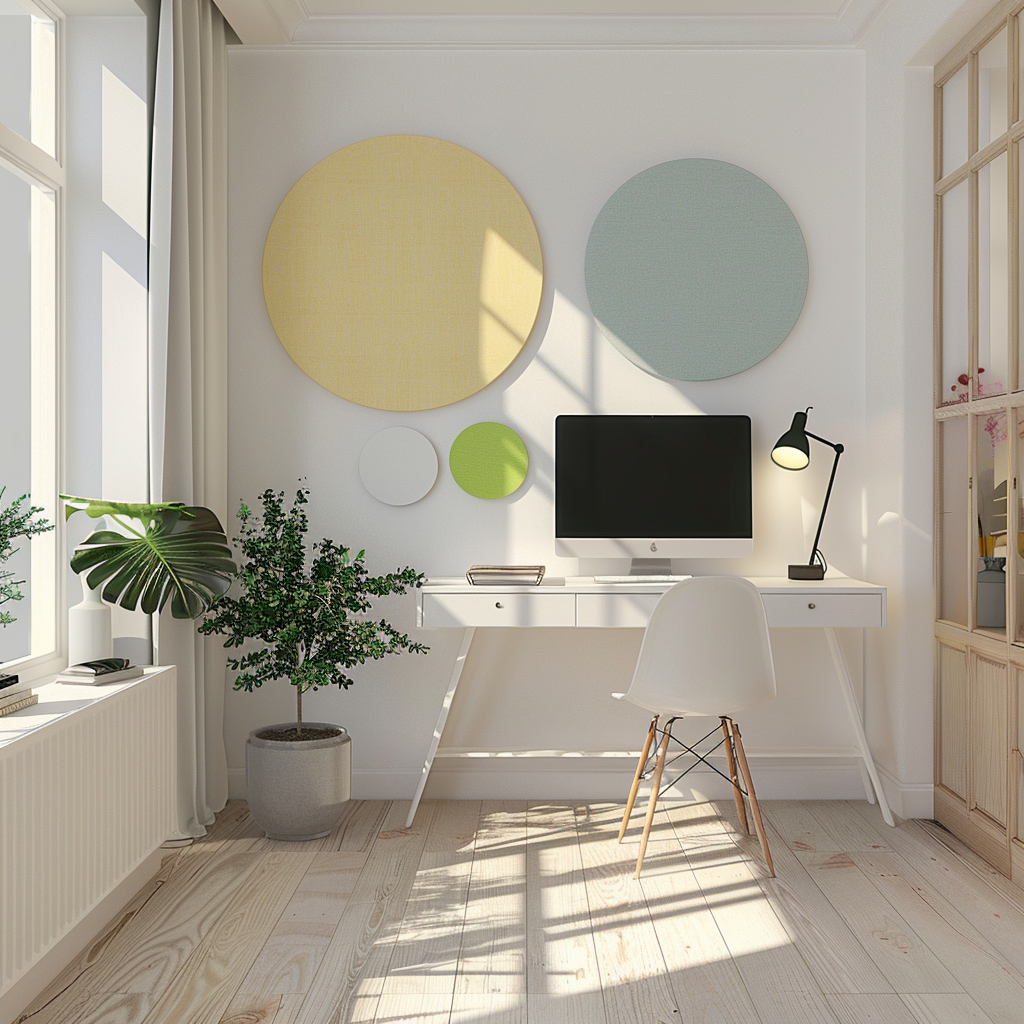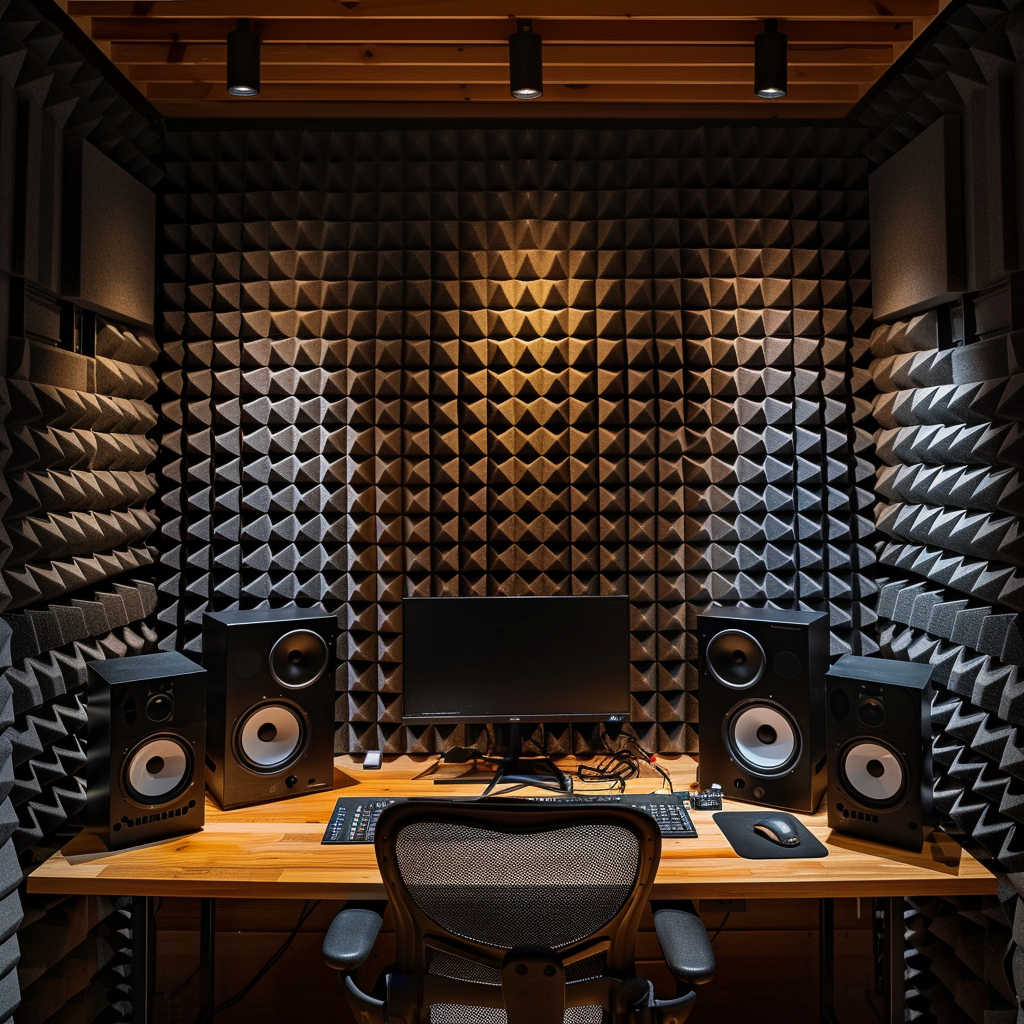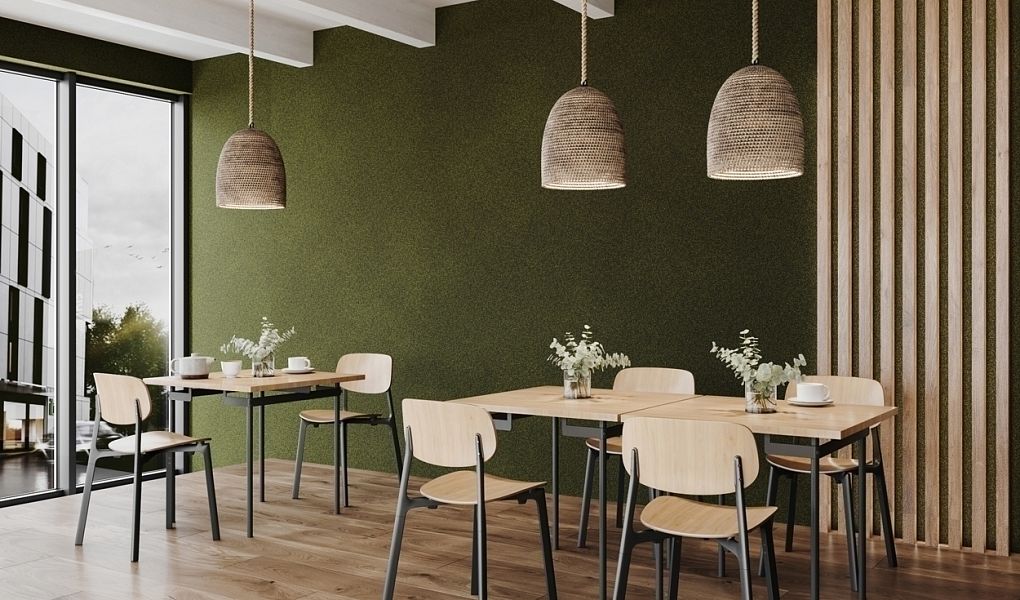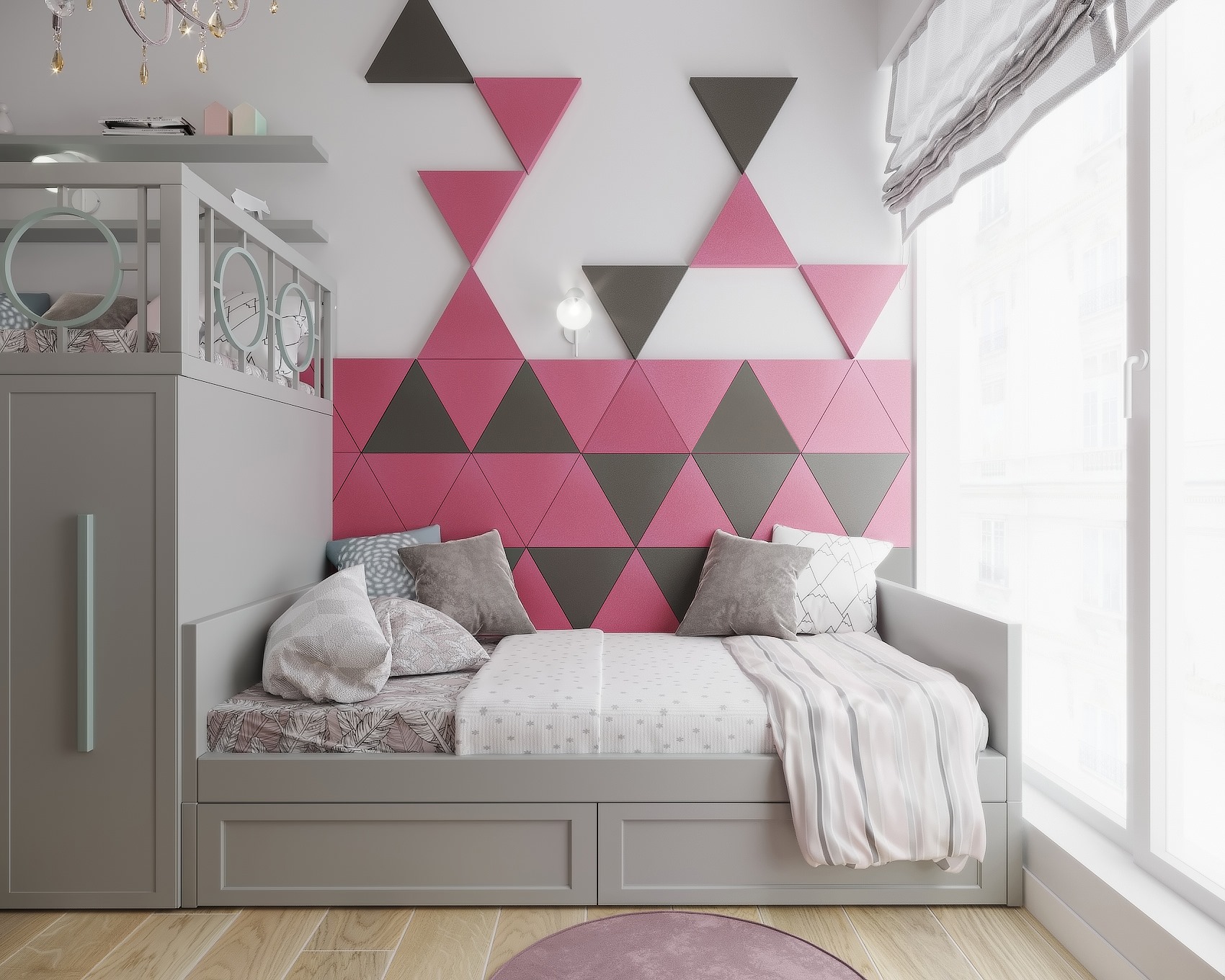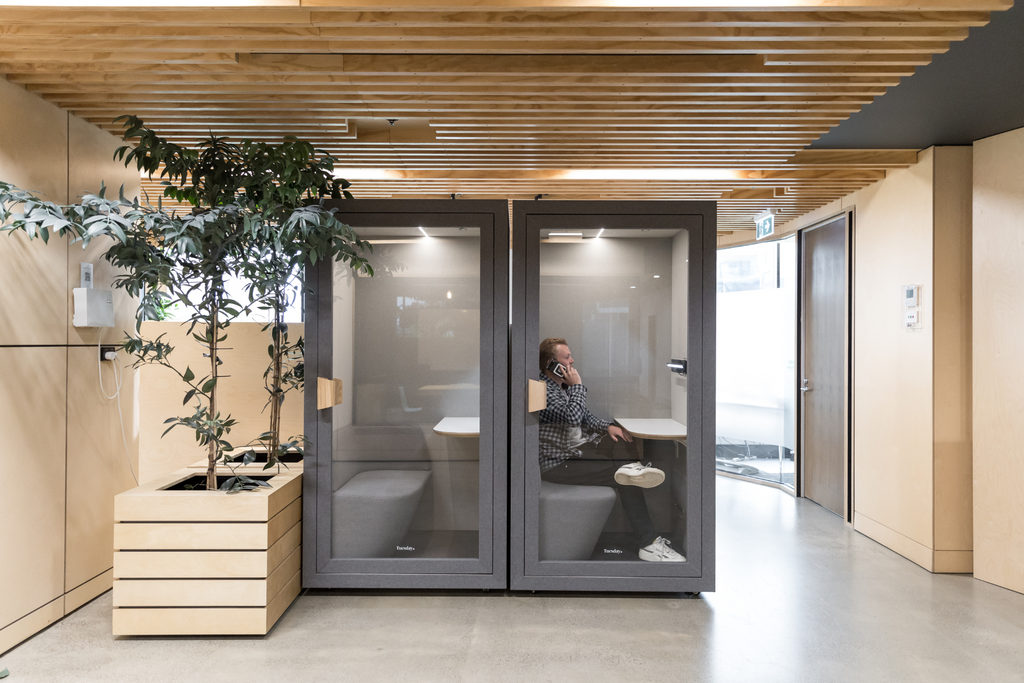
Understanding Sound Absorption Classes: A Comprehensive Guide
What is Sound Absorption and Why Does it Matter?
Sound absorption is a crucial concept in acoustics and interior design. It refers to the ability of materials to absorb sound waves, reducing the amount of sound that is reflected back into a space. This is important because excessive sound reflection can lead to issues like poor speech intelligibility, echoes, and an overall unpleasant acoustic environment.
The degree of sound absorption is determined by the physical properties of the material, such as its density, thickness, and surface texture. Highly absorbent materials, like acoustic panels or soft furnishings, can help to control reverberation time and create a more balanced soundscape. Conversely, hard, reflective surfaces like concrete or glass tend to bounce sound waves around, resulting in an echo-prone space.
By strategically incorporating absorptive materials, you can optimise the acoustics of a room or building, enhancing the comfort and functionality for the occupants. This is especially important in settings like offices, classrooms, recording studios, and performance venues, where good acoustics are essential for productivity, learning, and artistic expression.
The Different Sound Absorption Classes Explained
Sound absorption is an important consideration in many indoor environments, from offices and schools to concert halls and recording studios. To help understand the performance of different acoustic materials, there is a standardised system of sound absorption classes. Let’s take a closer look at what these classes mean.
The sound absorption classes range from A to E, with A representing the highest sound absorption performance and E the lowest. These classes are determined through laboratory testing that measures the sound absorption coefficient of a material across different frequencies.
Class A materials are highly absorbent, reducing sound reflection and echo. They are ideal for spaces that require excellent acoustic control, such as music venues and auditoriums. Class B and C materials offer good to very good sound absorption, making them suitable for many commercial and institutional settings.
At the lower end, Class D and E materials have limited sound absorption capabilities. While they may still provide some acoustic benefits, they are generally better suited for spaces that do not require extensive noise control, such as retail stores or light industrial environments.
Understanding the sound absorption class of different acoustic products is crucial when designing spaces with optimal acoustics. By selecting the right materials for the application, you can create environments that are comfortable, productive, and enjoyable for occupants.
How to Choose the Right Sound Absorption Class for Your Needs
When it comes to managing noise levels in a space, sound absorption is a critical factor to consider. Sound absorption classes provide a standardised way to measure and compare the acoustic performance of different materials. By understanding these classes, you can select the right solution to meet your specific needs.
In the UK, sound absorption is classified using the EN ISO 11654 standard, which ranges from Class A (most absorbent) to Class E (least absorbent). Here’s a quick overview of each class:
Class A: Highly absorbent, with an absorption coefficient of 0.90 or above across a wide frequency range. Ideal for spaces that require maximum noise control, such as recording studios.
Class B: Moderately absorbent, with an absorption coefficient between 0.80 and 0.90. Suitable for spaces that need good acoustic management, like open-plan offices.
Class C: Reasonably absorbent, with a coefficient between 0.60 and 0.80. Can be used in rooms that require moderate noise reduction, such as classrooms.
Class D: Slightly absorbent, with a coefficient between 0.30 and 0.60. Appropriate for spaces that need some acoustic treatment, like corridors or lobbies.
Class E: Minimally absorbent, with a coefficient below 0.30. Mainly used for aesthetic purposes rather than noise control.
When selecting the right sound absorption class for your space, consider factors like the room size, intended use, and existing noise levels. Higher classes provide greater sound control but may be more expensive. Consulting an acoustic specialist can help you find the optimal balance for your needs and budget.
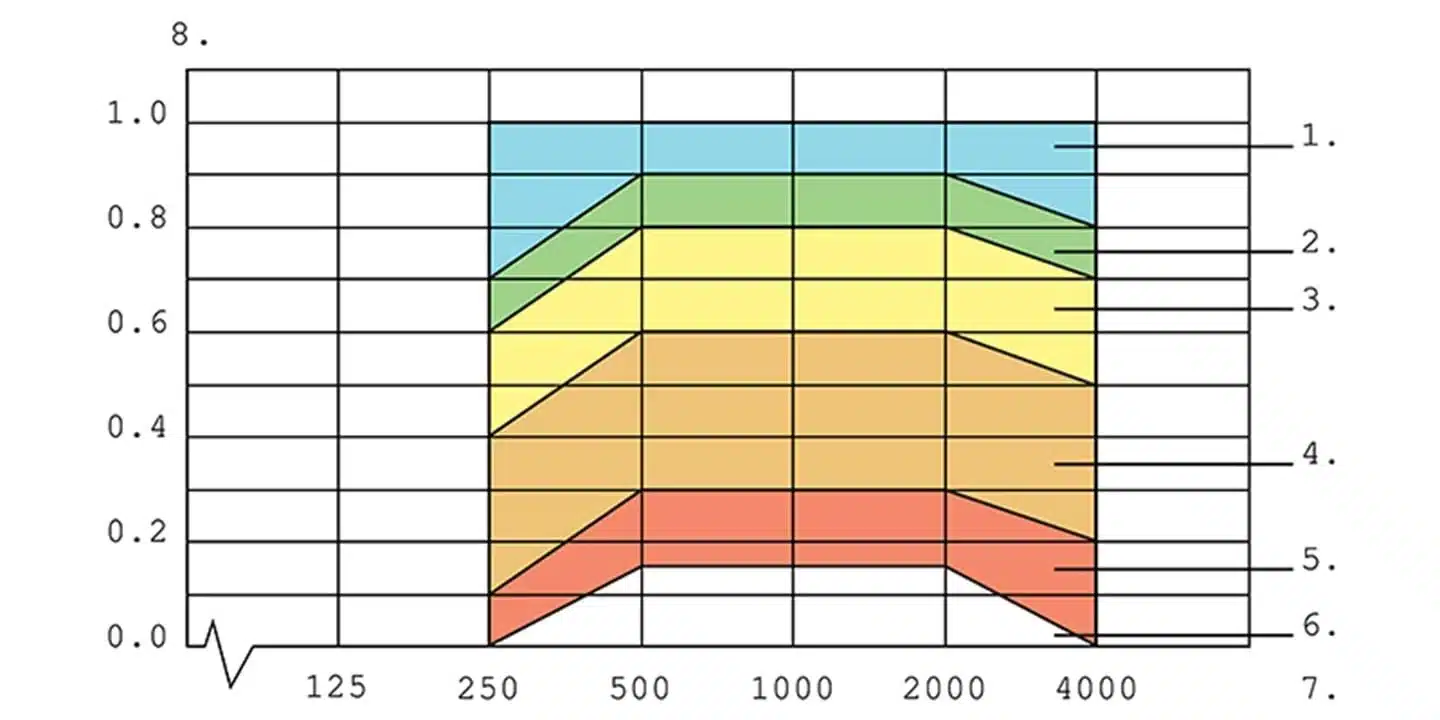
Applying Sound Absorption Classes in Real-World Scenarios
When it comes to managing noise levels in various environments, understanding sound absorption classes is crucial. These classifications provide a standardised way to evaluate the acoustic performance of materials and surfaces, allowing designers and acousticians to make informed decisions.
In real-world scenarios, applying the appropriate sound absorption classes can have a significant impact on creating comfortable and productive spaces. Let’s explore some examples of how these classes can be utilised:
Open-Plan Offices: In open-plan office settings, high levels of background noise can be a common challenge. Selecting materials with Class A or B sound absorption can help to reduce reverberation and echo, creating a more focused and collaborative work environment.
Lecture Halls and Classrooms: Ensuring clear speech intelligibility is vital in educational spaces. Incorporating Class A or B sound-absorbing materials on walls and ceilings can enhance the acoustic quality, allowing students to better engage with the lesson.
Hospitality Venues: From restaurants to hotel lobbies, managing noise levels is essential for creating a pleasant ambience. Utilising Class C or higher sound-absorbing materials can help to control echoes and provide a more relaxing atmosphere for patrons.
Performance Spaces: In concert halls, theatres, and recording studios, the acoustic environment is critical. Selecting materials with the appropriate sound absorption classes can optimise the room’s acoustics, enhancing the overall listening experience for both performers and audiences.
By understanding and applying sound absorption classes in real-world scenarios, designers and architects can create spaces that not only look visually appealing but also provide optimal acoustic comfort and functionality.
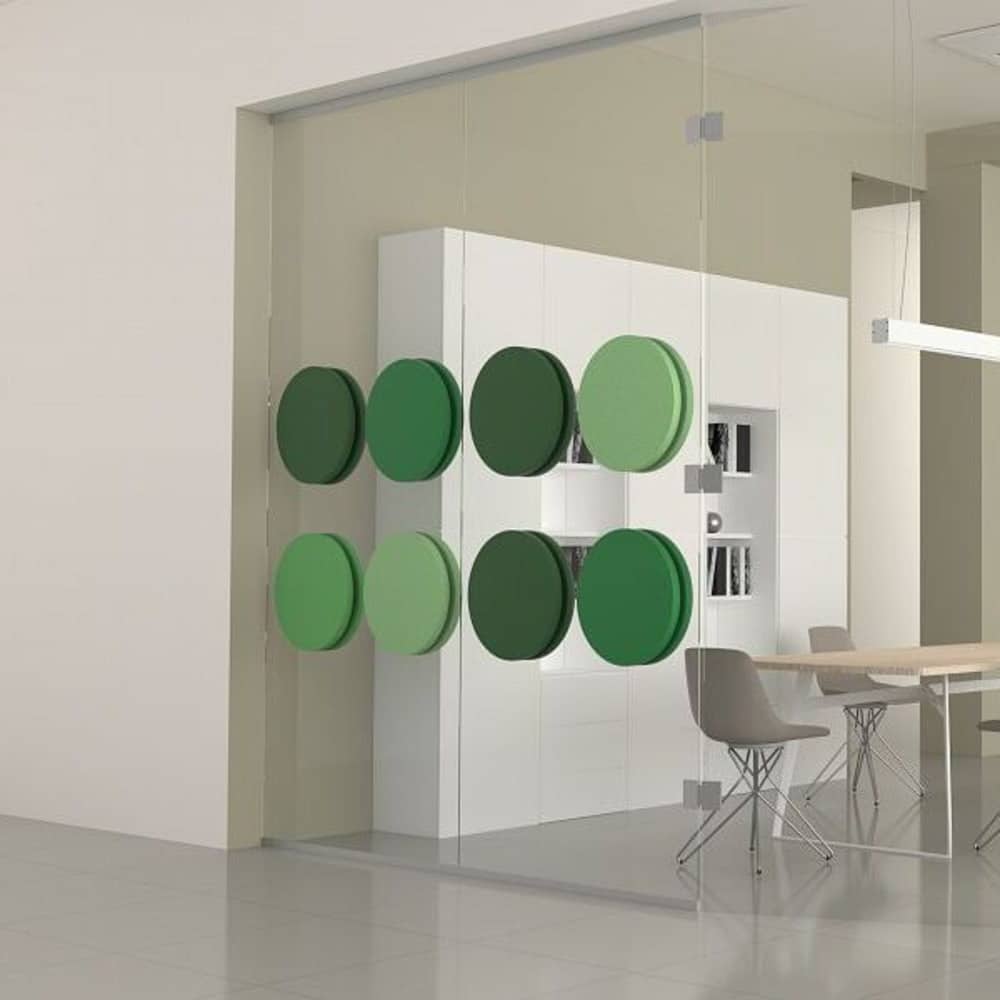
Ensuring Compliance with Sound Absorption Standards and Regulations
When it comes to acoustic performance in buildings, adhering to sound absorption standards and regulations is crucial. In the UK, there are specific guidelines set out by regulatory bodies that must be followed to ensure the safety and comfort of occupants.
One of the key standards is Approved Document E of the Building Regulations, which outlines the minimum sound absorption requirements for different types of spaces. This includes measures such as the sound absorption coefficient, which quantifies how much sound energy is absorbed by a material rather than being reflected.
Complying with these standards not only safeguards against excessive noise levels but also contributes to overall indoor environmental quality. Proper sound absorption can enhance speech intelligibility, reduce reverberation time, and create a more pleasant acoustic atmosphere.
Beyond the legal requirements, maintaining sound absorption performance is an important consideration for the health and wellbeing of building users. Exposure to prolonged high noise levels can lead to stress, fatigue, and even hearing damage, making sound control a vital aspect of sustainable design.
By understanding and implementing the relevant sound absorption standards and regulations, architects, designers, and construction professionals can ensure that buildings meet the necessary acoustic criteria and provide occupants with a comfortable, productive, and safe indoor environment.
Conclusion: Mastering Sound Absorption Classes for Optimal Acoustic Comfort
When it comes to achieving optimal acoustic comfort in any indoor space, understanding sound absorption classes is crucial. By selecting the right materials with the appropriate sound absorption properties, you can effectively control noise levels, enhance speech intelligibility, and create a more pleasant and productive environment.
The key sound absorption classes, ranging from Class A to Class E, provide a clear framework for evaluating and specifying the acoustic performance of materials. Class A materials offer the highest sound absorption, making them ideal for spaces that require exceptional noise control, such as concert halls and recording studios. In contrast, Class E materials have the lowest sound absorption and are more suitable for areas where moderate acoustic treatment is sufficient.
Mastering the nuances of these sound absorption classes empowers designers, architects, and building professionals to make informed decisions that cater to the specific acoustic needs of a space. By incorporating the right combination of sound-absorbing materials, you can strike a balance between acoustic comfort, aesthetics, and overall functionality.
Ultimately, a comprehensive understanding of sound absorption classes equips you with the knowledge to create indoor environments that foster well-being, productivity, and a heightened sense of acoustic comfort for all occupants.
The Acoustics Store Touch
We’re here to walk you through all the options available to improve your environment’s acoustics and help you find the perfect solution with ease.
Our team is bursting with enthusiasm and ready to give some inspiration to your acoustic journey. Whether you’re looking to dial down the noise, keep sound in check, or reduce the echoes, we’ve got you covered every step of the way.
Don’t hesitate to get in touch at info@theacousticsstore.co.uk. We can’t wait to chat and get started on making your space sound just right!
Share This Article :
Transform Your Space with Premium Acoustic Solutions!
THE ACOUSTIC HUB
Explore the World of Acoustics with The Acoustics Hub

Acoustic Insights
Explore expert articles, case studies, and practical tips to master acoustic solutions for any environment. Stay updated with the latest trends and innovations in the world of sound.
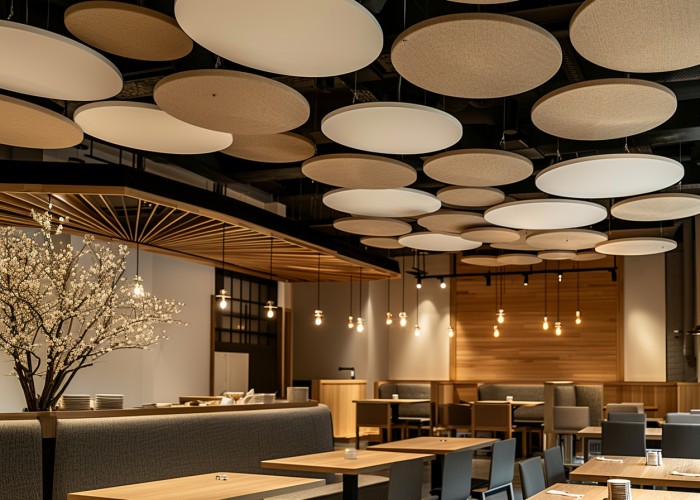
Reverberation Calculator
Quickly calculate the reverberation time for any space and determine the best acoustic treatments. Ensure optimal sound quality with our easy-to-use tool.
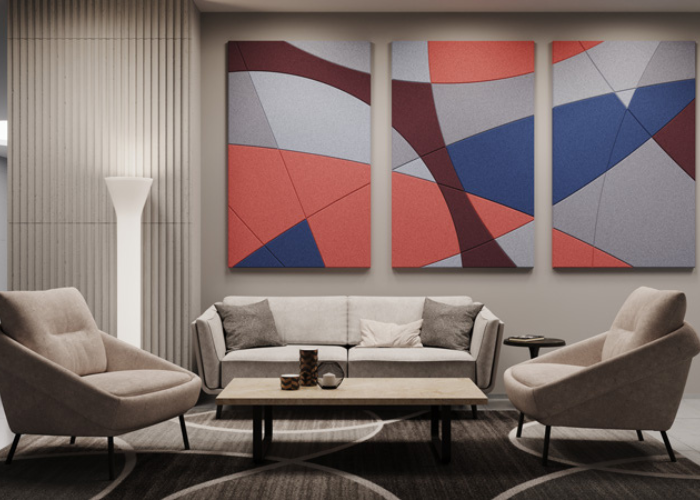
Acoustic Inspiration Gallery
Discover beautiful and effective acoustic solutions through real-life project examples. Get inspired by stylish and functional installations that enhance any space.


